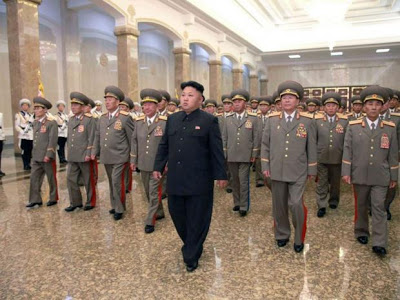Philippines, Japan hold naval drills in South China
The Philippines and Japan, which each have bitter maritime disputes with China, have conducted their first ever bilateral naval exercises.
The day-long drills Tuesday in the South China Sea involved two Japanese destroyers and a Philippine Navy frigate, according to Manila.
Philippines officials insisted the drills were not meant to send a message to China, but were instead focused on improving military capabilities.
“This is for safety purposes, just to avoid encounters at sea, unusual incidents,” Philippine Navy chief Jesus Millan told GMA News Online.
But China’s Foreign Ministry spokeswoman Hua Chungying on Tuesday made it clear that Beijing remained concerned with the drills.
“We have noticed the relevant report and will pay close attention to it. As you can see, at present the overall situation of South China Sea is stable. We hope the relevant country can respect the efforts and willingness of the regional countries who are protecting the peace and stability in the region by themselves, do not hype up the tension everywhere and do not take actions that could harm the security and mutual trust among the regional countries and actions that could affect regional peace and stability,” she said.
Hua also accused Manila of “repeatedly” violating international laws and “stirring up” tensions. “The evidence has proved again that the Philippines is truly a rule breaker and the trouble maker,” she said.
Philippines officials told local media that Tuesday’s drills would be held within the Philippine’s 44-kilometer contiguous zone, near Corregidor Island, where there is no territorial dispute with China.
About 300 kilometers to the west lies the reefs, rocks, and rich fishing grounds of Scarborough Shoal, which is claimed by Manila and Beijing. Following a 2012 standoff, China seized the strategic shoal and has prevented Philippine fishing boats from reaching the area.
Further south, China is strengthening its presence with an ambitious series of land-reclamation efforts in the Spratly Islands, parts of which are claimed by the Philippines, Vietnam, Malaysia, Brunei and Taiwan.
The moves are reflective of the way in which China has gradually asserted its authority over the South China Sea. Beijing claims nearly the entire 3.5-million square kilometer area, which is rich in natural resources and is a main trade route.
On Monday, Philippine military chief Gregorio Catapang visited the disputed Thitu Island. He vowed to defend the island, which Manila refers to as Pagasa.
“I’m visiting this place to establish the fact that Pagasa is a municipality of Palawan, and Palawan is a province of the Philippines. And therefore, Pagasa is a territory of the Republic of the Philippines,” said General Catapang.
The island is administered by the Philippines, but is also claimed by China, which refers to the island as Zhongye.
Separately, Japan is involved in a dispute with China over territory in the East China Sea. The main flashpoint between the two countries in recent years has been a set of uninhabited islands known in Japan as Senkaku and in China as Diaoyu.
Some of the rival claimants have strengthened bilateral ties, as part of what is seen as an effort to portray a unified front against the military and economic might of a rising China. Many have also developed closer military ties with the U.S.








